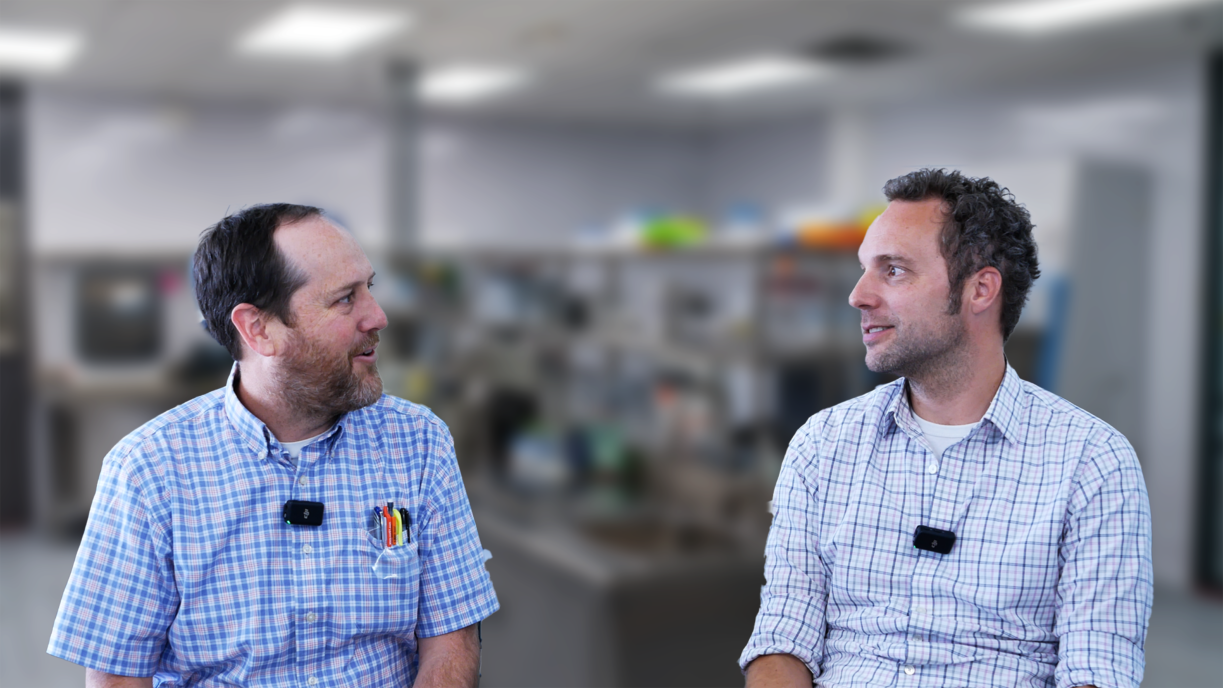
Bio Break: The Science of Cryopreservation
Cryopreservation is essential in biological research, regenerative medicine, and stem cell therapies. But freezing biological materials isn’t as simple as placing them in a freezer. Nick and Joris dive into this fascinating process in this episode of Bio Break, using a real-world example—Nick’s frozen beverage can, which burst due to water expansion. Similarly, freezing water inside cells can cause severe damage as ice crystals form and rupture delicate membranes, rendering biological samples unusable. Scientists have developed two primary methods to counteract this issue: slow freezing and vitrification (fast freezing).
Slow freezing relies on cryoprotectant agents (CPAs), such as sugars like trehalose, which help remove water from cells through an osmotic shift. These sugars stabilize lipid membranes and prevent excessive damage during freezing. The sample is then cooled gradually in a controlled freezing system, which allows water to be extracted slowly while minimizing structural harm. This method is widely used in stem cell preservation and biobanking due to its reliability.
On the other hand, vitrification is a much faster process. Instead of sugars, scientists use stronger cryoprotective agents like glycerol, propylene glycol, or DMSO. These agents are introduced through a titration process, replacing water while preventing toxicity. The sample is then rapidly plunged into liquid nitrogen at -196°C (77K), instantly freezing it into a glass-like solid state. This ultra-fast approach prevents ice crystal formation and is commonly used in stem cell therapy and organ preservation.
One of the biggest challenges in medical applications is removing toxic cryoprotectants before administering cells to patients. In stem cell therapies, careful thawing and dilution of CPAs ensure that viable, undamaged cells are ready for transplantation. Scientists are continuously working on improving cryopreservation methods to make them safer and more effective for clinical applications.
Cryopreservation is critical for the long-term storage of biological materials, but improper freezing can be disastrous. By choosing the right technique—whether slow freezing or vitrification—scientists can ensure that cells and tissues remain viable for future use. Want to learn more about protecting delicate biological samples from freezing damage? Watch the full episode of Bio Break!
The Science of Cryopreservation
Related Resources
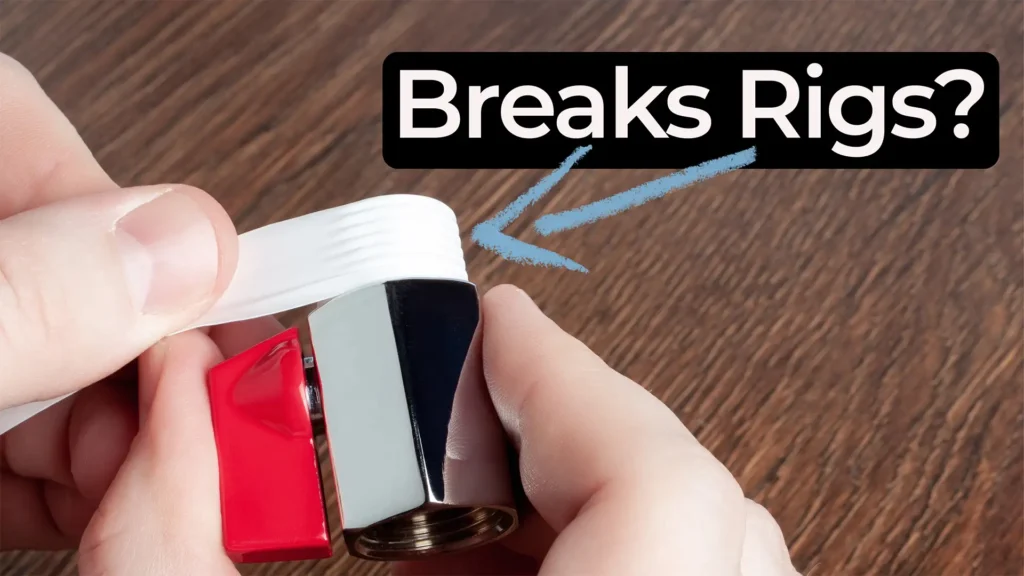
Nick walks through a practical Teflon tape lesson that came from real work supporting a mechanical test rig.
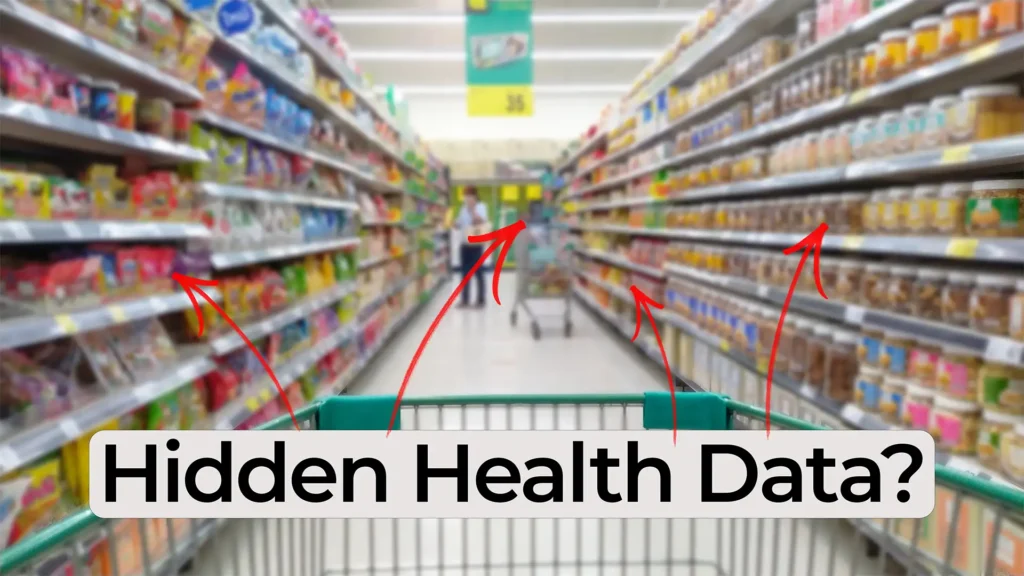
Consumer health prediction shapes more of daily life than most people realize. In this episode of Bio Break, Nick and Nigel explore how retail data can reveal health information without a person ever speaking to a clinician.
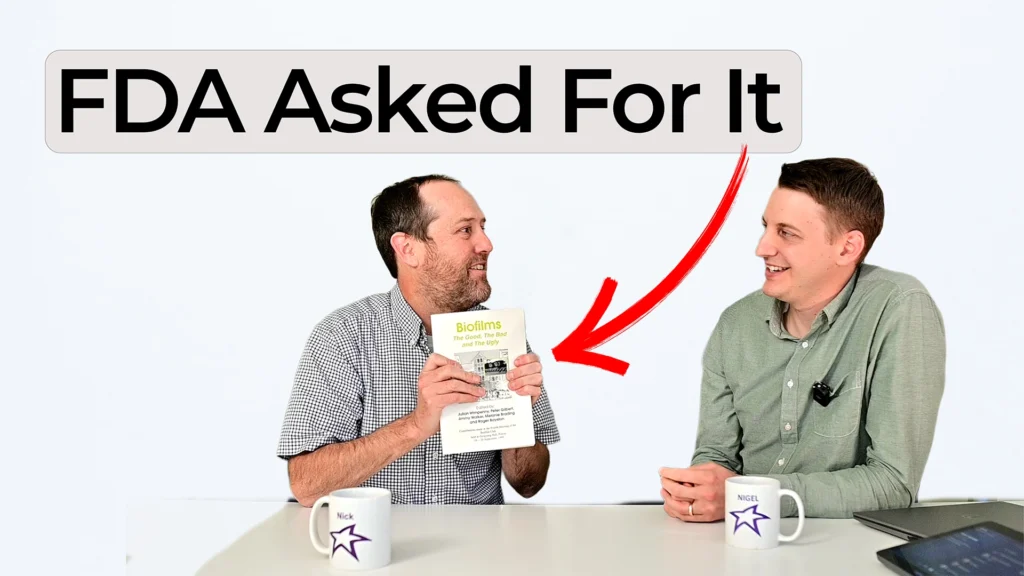
When reviewing evidence for a medical device, a single citation can shape an entire submission. In this Bio Break episode, Nick shares a biofilm referencing lesson that has stayed with him since the early 2000s.
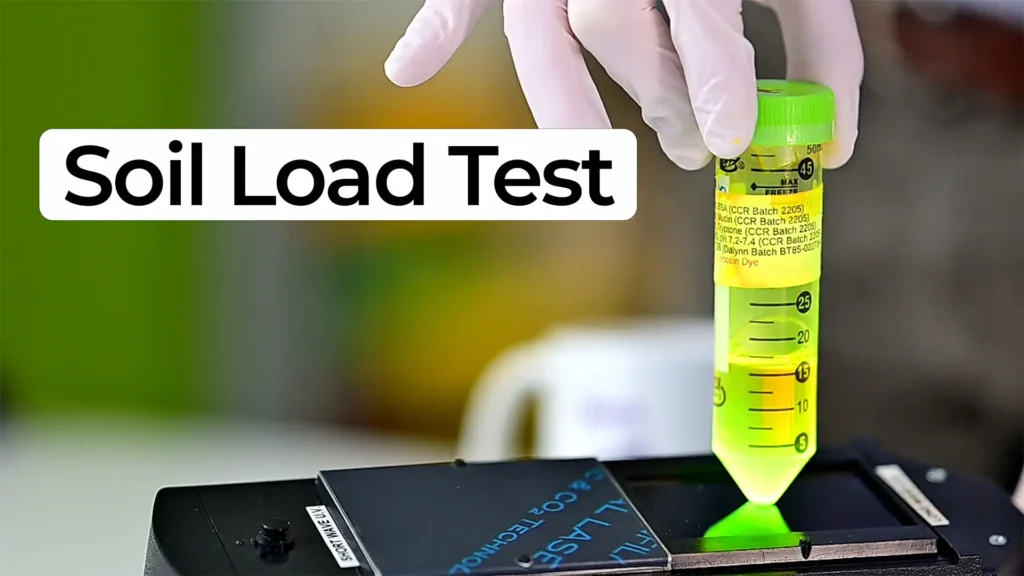
Nick Allan and Nigel Syrotuck explain how a fluorescent protein assay helps engineers measure contamination and cleaning performance in medical devices.
